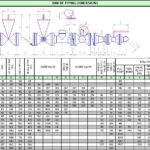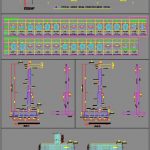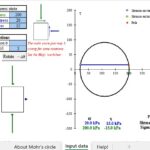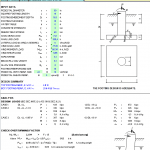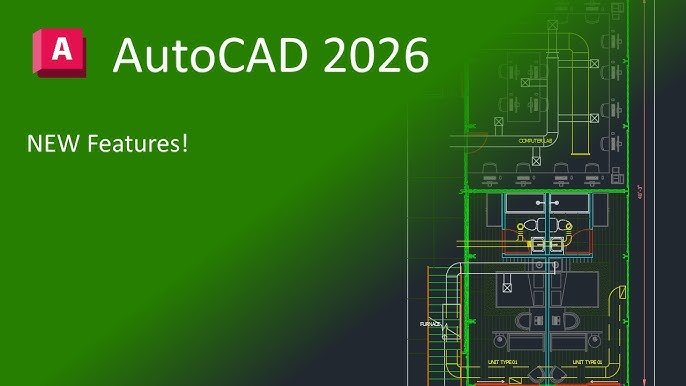
AutoCAD 2026 AI-Powered Innovations and New Features Revolutionizing Design
29 March 2025Table of Contents
AutoCAD 2026: AI-Powered Innovations and New Features Revolutionizing Design
Automation has become a cornerstone in modern design software, and AutoCAD 2026 is expected to introduce sophisticated automation and scripting capabilities. Enhanced support for programming languages like Python will enable users to craft custom scripts, automating intricate workflows and reducing manual effort. For instance, automating the generation of detailed reports or creating multiple design variations can be achieved with minimal coding, saving time and minimizing human error. Additionally, improved macro recording features will allow users to capture and replay sequences of actions, further enhancing efficiency.
Enhanced User Interface and Experience
User experience is paramount in design software, and AutoCAD 2026 is anticipated to deliver a more intuitive and customizable interface. Users may have the ability to create and save multiple workspace layouts tailored to different project types, facilitating seamless transitions between tasks. Enhanced tooltips and contextual help can assist new users in acclimating quickly, while providing advanced users with detailed information to optimize their workflows.
Integration with Other Autodesk Products
Seamless interoperability within the Autodesk ecosystem is a key focus for AutoCAD 2026. Enhanced integration with tools like Revit, Inventor, and Fusion 360 is expected, allowing for effortless data exchange and collaboration across platforms. For example, importing Revit models directly into AutoCAD without data loss can significantly benefit architects and engineers working with both 2D and 3D data. Improved support for Building Information Modeling (BIM) workflows will further position AutoCAD as an indispensable tool in construction and design projects.
Performance Improvements
Handling large and complex designs requires robust performance, and AutoCAD 2026 is set to deliver significant enhancements in this area. Optimizations for managing large files, faster rendering speeds, and better utilization of system resources will enable users to work with massive 3D models without experiencing lag. Improved multi-threading support will leverage modern multi-core processors, ensuring smoother performance during resource-intensive tasks.
AI-Powered Design Assistance
The integration of AI in AutoCAD 2026 introduces a range of intelligent features designed to augment the design process:
Automated Design Suggestions
AI can analyze project requirements and propose multiple design options that align with specified criteria. For example, when designing a building, the AI can suggest various layouts, material choices, and structural elements based on factors like cost, sustainability, and regulatory compliance, offering fresh perspectives and saving valuable time.
Error Detection and Correction
AI-driven error detection can scan designs for potential issues such as structural weaknesses, code violations, or material incompatibilities. By highlighting these problems and suggesting corrections, the AI ensures that designs are both creative and compliant with safety standards, which is particularly beneficial in large-scale projects where minor errors can have significant consequences.
Predictive Analytics
Leveraging historical data, AI can perform predictive analytics to forecast future trends and outcomes. For instance, in urban planning projects, AI can analyze traffic patterns, population growth, and environmental factors to predict how a design will impact the area over time, aiding in the creation of sustainable and effective solutions.
AI-Driven Annotation and Documentation
Documentation is streamlined through AI-driven annotation features that automatically generate annotations, dimensions, and other documentation based on designs. This ensures accuracy and consistency, reducing the time spent on manual documentation tasks. The AI recognizes different elements within a design and applies appropriate annotations, which is particularly advantageous for large and complex projects.
Enhanced Collaboration Tools
Collaboration is enhanced through AI-powered tools that facilitate better communication and coordination among team members. AI can analyze designs and provide real-time feedback on potential issues or conflicts, suggest improvements based on best practices, and help identify potential clashes early in the design process. This proactive approach saves time and reduces costly revisions.
Real-World Applications of AI Integration
Architecture and Urban Planning
Architects can utilize AI to generate concept designs, optimize space usage, and ensure compliance with building codes.Urban planners benefit from predictive analytics to create more sustainable and livable cities, such as designing smart cities that are energy-efficient with improved traffic management and public services.
Engineering and Manufacturing
Engineers can employ AI to simulate various scenarios, test designs under different conditions, and identify potential failures before they occur. Manufacturers can leverage AI-driven design optimization to reduce material waste, improve product quality, and accelerate production times.
Infrastructure and Civil Engineering
In infrastructure projects, AI assists in designing and maintaining large-scale endeavors like bridges, roads, and public utilities. By analyzing geographical data, weather patterns, and traffic flows, AI suggests designs that are durable, efficient, and cost-effective, such as designing bridges that withstand harsh weather conditions or roads that accommodate heavy traffic.
AutoCAD 2026’s integration of AI and advanced features marks a significant leap forward in design and drafting technology. These innovations promise to enhance productivity, improve design accuracy, and provide professionals with powerful tools to navigate the complexities of modern design challenges.

